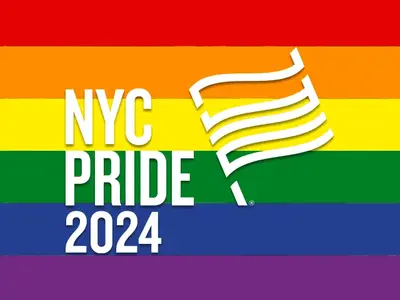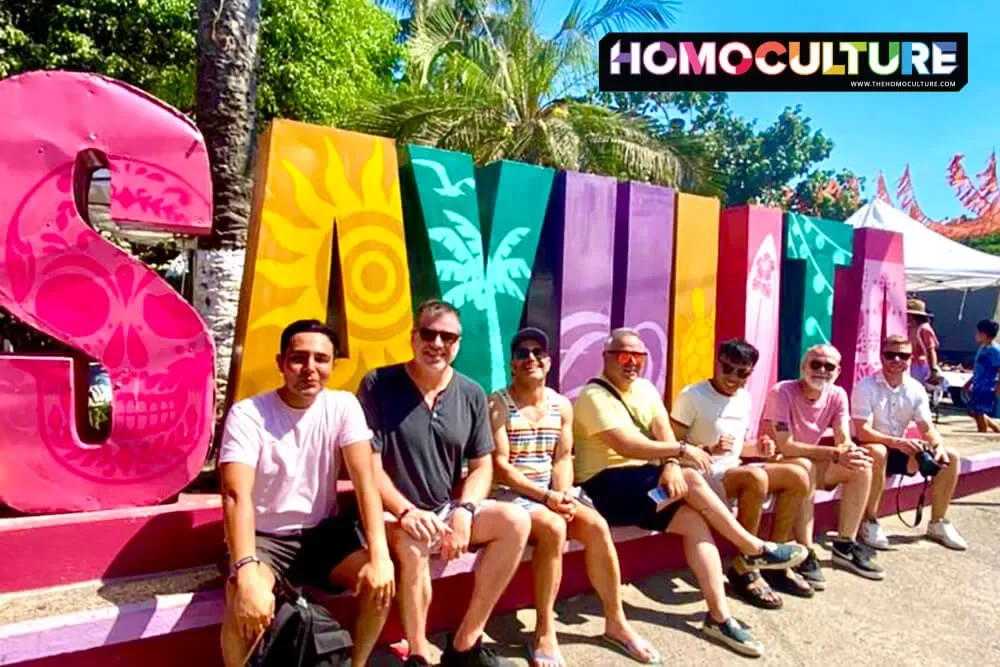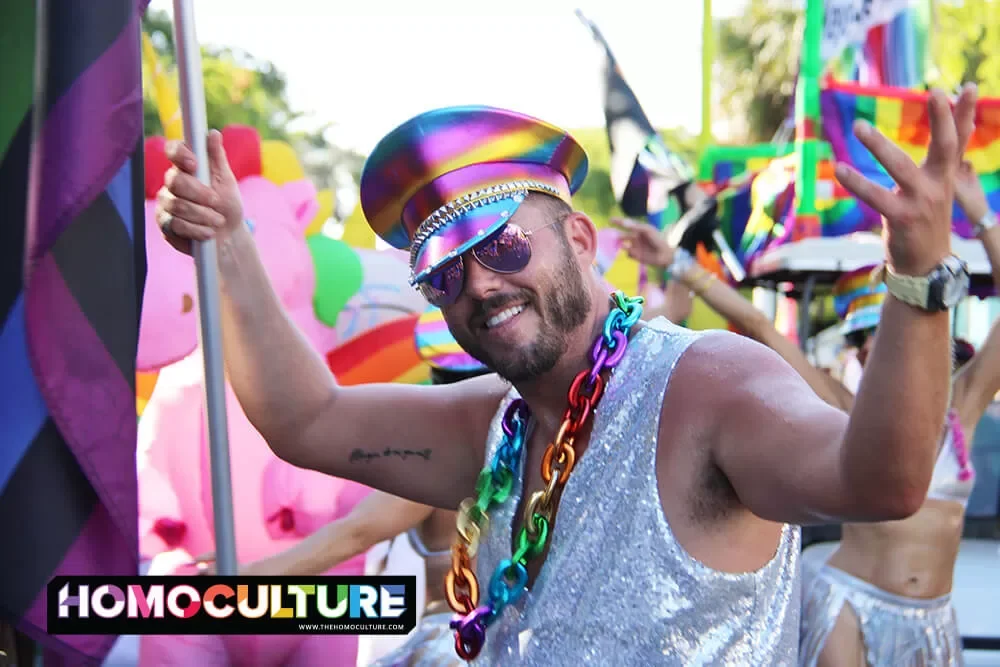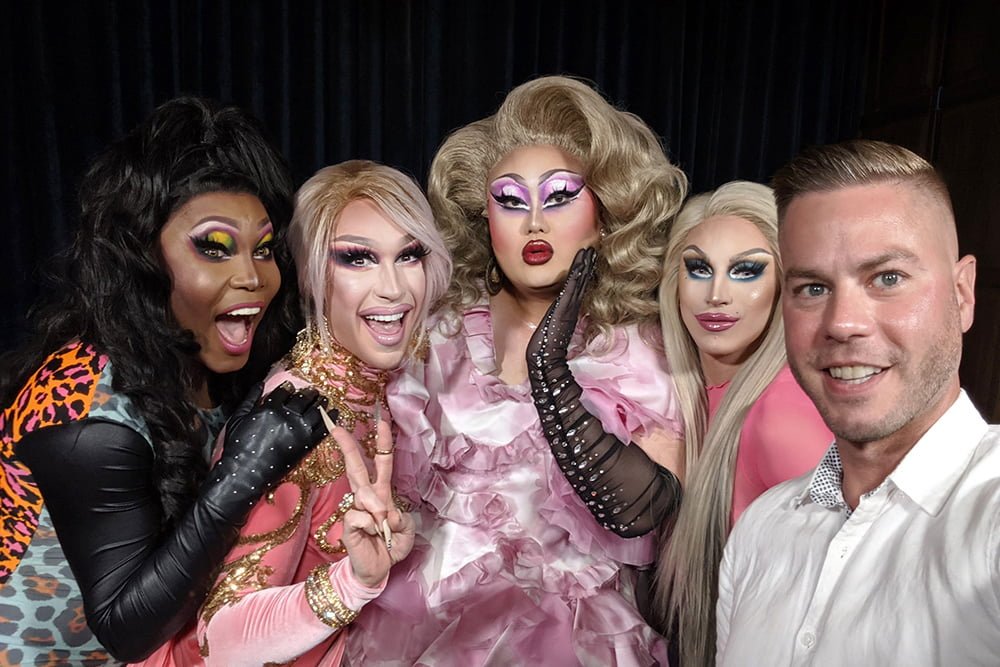document.documentElement.className = 'js';
let jqueryParams=[],jQuery=function(r){return jqueryParams=[...jqueryParams,r],jQuery},$=function(r){return jqueryParams=[...jqueryParams,r],$};window.jQuery=jQuery,window.$=jQuery;let customHeadScripts=!1;jQuery.fn=jQuery.prototype={},$.fn=jQuery.prototype={},jQuery.noConflict=function(r){if(window.jQuery)return jQuery=window.jQuery,$=window.jQuery,customHeadScripts=!0,jQuery.noConflict},jQuery.ready=function(r){jqueryParams=[...jqueryParams,r]},$.ready=function(r){jqueryParams=[...jqueryParams,r]},jQuery.load=function(r){jqueryParams=[...jqueryParams,r]},$.load=function(r){jqueryParams=[...jqueryParams,r]},jQuery.fn.ready=function(r){jqueryParams=[...jqueryParams,r]},$.fn.ready=function(r){jqueryParams=[...jqueryParams,r]};
var breeze_prefetch = {"local_url":"https:\/\/thehomoculture.com","ignore_remote_prefetch":"1","ignore_list":["\/wp-admin\/"]};
https://thehomoculture.b-cdn.net/wp-content/plugins/breeze/assets/js/js-front-end/breeze-prefetch-links.min.js
var cnArgs = {"ajaxUrl":"https:\/\/thehomoculture.com\/wp-admin\/admin-ajax.php","nonce":"a3a10fedfb","hideEffect":"fade","position":"bottom","onScroll":false,"onScrollOffset":100,"onClick":false,"cookieName":"cookie_notice_accepted","cookieTime":2592000,"cookieTimeRejected":2592000,"globalCookie":false,"redirection":false,"cache":true,"revokeCookies":false,"revokeCookiesOpt":"automatic"};
https://thehomoculture.b-cdn.net/wp-content/plugins/cookie-notice/js/front.min.js
(function() {
window.__insp = window.__insp || [];
__insp.push(['wid', 881888173]);
var ldinsp = function(){
if(typeof window.__inspld != "undefined") return; window.__inspld = 1; var insp = document.createElement('script'); insp.type = 'text/javascript'; insp.async = true; insp.id = "inspsync"; insp.src = ('https:' == document.location.protocol ? 'https' : 'http') + '://cdn.inspectlet.com/inspectlet.js?wid=881888173&r=' + Math.floor(new Date().getTime()/3600000); var x = document.getElementsByTagName('script')[0]; x.parentNode.insertBefore(insp, x); };
setTimeout(ldinsp, 0);
})();
The Long History of Non-Binary Identities
The history of non-binary identities goes back much further than some may expect! Non-binary identities have gained increased visibility and recognition within the spectrum of gender diversity thanks to the internet. However, this mainstream attention isn’t without drawbacks. Many see it as an “internet trend,” and for a while, we had to deal with the dreaded…”trans-trenders” narrative.
Yet, the existence of non-binary individuals is far from a modern revelation. Rather, non-binary identities have a deep-rooted history that spans across cultures and eras, challenging the notion that they are merely a contemporary construct. To truly understand the essence of non-binary identities, we must explore the historical tapestry that showcases their enduring presence.
Ancient Civilizations and Gender Fluidity
The concept of non-binary identities finds its origins in the annals of ancient civilizations. In cultures such as the Native American Two-Spirit, the Hijra in South Asia, and Sworn Virgins in the Balkans, fluidity in gender roles and identities is an accepted and celebrated aspect of society. These cultures recognize and revere individuals who do not conform to strict binary gender norms. They often held sacred roles, acting as intermediaries between the spiritual and physical realms or fulfilling unique societal functions.
Medieval and Renaissance Gender Variance
Even during the European medieval and Renaissance periods, non-binary identities found expression. Many historical figures, such as Joan of Arc and Eleanor Rykener, challenge traditional gender norms by living lives that defied the rigid categories of male and female. Joan of Arc, a legendary French military leader, successfully navigated a male-dominated battlefield while donning armor, subverting the gender expectations of their time. Eleanor Rykener, on the other hand, openly lived as both a man and a woman, showcasing the complex nature of gender identity during the 14th century.
Non-Binary Identities in Asia
In Asia, non-binary identities have been interwoven with cultural and religious practices for centuries. Hijras in India, Pakistan, and Bangladesh, for example, have been recognized as a distinct gender category. They’re often associated with spiritual blessings and auspicious occasions. They embody the fluidity of gender and play integral roles in ceremonies, symbolizing the coexistence of masculinity and femininity within a single individual.
Modern Revival and Recognition
Non-binary identities have witnessed a resurgence in the modern era, thanks in part to the efforts of LGBTQ+ activists and scholars. The Stonewall riots of 1969 marked a turning point in the fight for gender and sexual equality, paving the way for discussions on non-binary and transgender identities. Contemporary transgender activists like Marsha P. Johnson and Sylvia Rivera not only championed the rights of transgender individuals but also emphasized the importance of embracing diverse gender experiences.
Non-Binary Identities Are Here to Stay
The history of non-binary identities is a testament to the resilience and endurance of individuals who dared to challenge societal norms. While contemporary discourse may make it seem like a new phenomenon, non-binary identities have, in fact, been present throughout history. Ancient civilizations, medieval societies, and cultural traditions have all acknowledged the existence of individuals whose gender identity transcends the binary construct.
As society progresses, it is crucial to remember that the history of non-binary identities is deeply intertwined with the rich tapestry of human experience. By acknowledging and celebrating this history, we not only honor the journey of those who came before us but also pave the way for a more inclusive and accepting future. Non-binary identities have been a thing for a long, long time, and their enduring legacy reminds us that the diversity of human identity knows no bounds.
Author
Avery Lea is a pansexual, trans-masculine freelance writer located in the beautiful, rainy state of Washington, just outside of Seattle. A videogame blogger by day and gay fanfiction writer by night, they now strive to put their passion for writing towards a more meaningful cause! Inspired by the heroes in their games who do all that they can to save the world, Avery wants to help other members of the LGBTQ+ community through their writing and outreach. Their goal as a writer is to write original queer fiction as well as provide helpful, concise, and uplifting web content for the community. Their core belief is that gender is a construct that can be torn down and rebuilt, and we can all do it together!
We use cookies to ensure that we give you the best experience on our website. If you continue to use this site we will assume that you are happy with it.OkNoPrivacy policy document.getElementById( "ak_js_1" ).setAttribute( "value", ( new Date() ).getTime() );
( function ( body ) {
'use strict';
body.className = body.className.replace( /\btribe-no-js\b/, 'tribe-js' );
} )( document.body );
var et_link_options_data = [{"class":"et_pb_blurb_1_tb_body","url":"https:\/\/thehomoculture.com\/category\/travel-guides\/","target":"_self"},{"class":"et_pb_blurb_2_tb_body","url":"https:\/\/thehomoculture.com\/category\/travel-tips\/","target":"_self"},{"class":"et_pb_blurb_4_tb_body","url":"https:\/\/thehomoculture.com\/category\/gay-culture\/celebrate-pride\/","target":"_self"},{"class":"et_pb_blurb_5_tb_body","url":"https:\/\/thehomoculture.com\/friends-of-homoculture\/","target":"_self"}];
var tribe_l10n_datatables = {"aria":{"sort_ascending":": activate to sort column ascending","sort_descending":": activate to sort column descending"},"length_menu":"Show _MENU_ entries","empty_table":"No data available in table","info":"Showing _START_ to _END_ of _TOTAL_ entries","info_empty":"Showing 0 to 0 of 0 entries","info_filtered":"(filtered from _MAX_ total entries)","zero_records":"No matching records found","search":"Search:","all_selected_text":"All items on this page were selected. ","select_all_link":"Select all pages","clear_selection":"Clear Selection.","pagination":{"all":"All","next":"Next","previous":"Previous"},"select":{"rows":{"0":"","_":": Selected %d rows","1":": Selected 1 row"}},"datepicker":{"dayNames":["Sunday","Monday","Tuesday","Wednesday","Thursday","Friday","Saturday"],"dayNamesShort":["Sun","Mon","Tue","Wed","Thu","Fri","Sat"],"dayNamesMin":["S","M","T","W","T","F","S"],"monthNames":["January","February","March","April","May","June","July","August","September","October","November","December"],"monthNamesShort":["January","February","March","April","May","June","July","August","September","October","November","December"],"monthNamesMin":["Jan","Feb","Mar","Apr","May","Jun","Jul","Aug","Sep","Oct","Nov","Dec"],"nextText":"Next","prevText":"Prev","currentText":"Today","closeText":"Done","today":"Today","clear":"Clear"}};
https://thehomoculture.b-cdn.net/wp-includes/js/dist/vendor/wp-polyfill-inert.min.js
https://thehomoculture.b-cdn.net/wp-includes/js/dist/vendor/regenerator-runtime.min.js
https://thehomoculture.b-cdn.net/wp-includes/js/dist/vendor/wp-polyfill.min.js
https://thehomoculture.b-cdn.net/wp-includes/js/dist/vendor/react.min.js
https://thehomoculture.b-cdn.net/wp-includes/js/dist/autop.min.js
https://thehomoculture.b-cdn.net/wp-includes/js/dist/blob.min.js
https://thehomoculture.b-cdn.net/wp-includes/js/dist/block-serialization-default-parser.min.js
https://thehomoculture.b-cdn.net/wp-includes/js/dist/hooks.min.js
https://thehomoculture.b-cdn.net/wp-includes/js/dist/deprecated.min.js
https://thehomoculture.b-cdn.net/wp-includes/js/dist/dom.min.js
https://thehomoculture.b-cdn.net/wp-includes/js/dist/vendor/react-dom.min.js
https://thehomoculture.b-cdn.net/wp-includes/js/dist/escape-html.min.js
https://thehomoculture.b-cdn.net/wp-includes/js/dist/element.min.js
https://thehomoculture.b-cdn.net/wp-includes/js/dist/is-shallow-equal.min.js
https://thehomoculture.b-cdn.net/wp-includes/js/dist/i18n.min.js
wp.i18n.setLocaleData( { 'text direction\u0004ltr': [ 'ltr' ] } );
https://thehomoculture.b-cdn.net/wp-includes/js/dist/keycodes.min.js
https://thehomoculture.b-cdn.net/wp-includes/js/dist/priority-queue.min.js
https://thehomoculture.b-cdn.net/wp-includes/js/dist/compose.min.js
https://thehomoculture.b-cdn.net/wp-includes/js/dist/private-apis.min.js
https://thehomoculture.b-cdn.net/wp-includes/js/dist/redux-routine.min.js
https://thehomoculture.b-cdn.net/wp-includes/js/dist/data.min.js
( function() {
var userId = 0;
var storageKey = "WP_DATA_USER_" + userId;
wp.data
.use( wp.data.plugins.persistence, { storageKey: storageKey } );
} )();
https://thehomoculture.b-cdn.net/wp-includes/js/dist/html-entities.min.js
https://thehomoculture.b-cdn.net/wp-includes/js/dist/dom-ready.min.js
https://thehomoculture.b-cdn.net/wp-includes/js/dist/a11y.min.js
https://thehomoculture.b-cdn.net/wp-includes/js/dist/rich-text.min.js
https://thehomoculture.b-cdn.net/wp-includes/js/dist/shortcode.min.js
https://thehomoculture.b-cdn.net/wp-includes/js/dist/blocks.min.js
https://thehomoculture.b-cdn.net/wp-includes/js/dist/url.min.js
https://thehomoculture.b-cdn.net/wp-includes/js/dist/api-fetch.min.js
wp.apiFetch.use( wp.apiFetch.createRootURLMiddleware( "https://thehomoculture.com/wp-json/" ) );
wp.apiFetch.nonceMiddleware = wp.apiFetch.createNonceMiddleware( "0526fef39a" );
wp.apiFetch.use( wp.apiFetch.nonceMiddleware );
wp.apiFetch.use( wp.apiFetch.mediaUploadMiddleware );
wp.apiFetch.nonceEndpoint = "https://thehomoculture.com/wp-admin/admin-ajax.php?action=rest-nonce";
https://thehomoculture.b-cdn.net/wp-includes/js/dist/vendor/moment.min.js
moment.updateLocale( 'en_US', {"months":["January","February","March","April","May","June","July","August","September","October","November","December"],"monthsShort":["Jan","Feb","Mar","Apr","May","Jun","Jul","Aug","Sep","Oct","Nov","Dec"],"weekdays":["Sunday","Monday","Tuesday","Wednesday","Thursday","Friday","Saturday"],"weekdaysShort":["Sun","Mon","Tue","Wed","Thu","Fri","Sat"],"week":{"dow":0},"longDateFormat":{"LT":"g:i a","LTS":null,"L":null,"LL":"F j, Y","LLL":"F j, Y g:i a","LLLL":null}} );
https://thehomoculture.b-cdn.net/wp-includes/js/dist/date.min.js
wp.date.setSettings( {"l10n":{"locale":"en_US","months":["January","February","March","April","May","June","July","August","September","October","November","December"],"monthsShort":["Jan","Feb","Mar","Apr","May","Jun","Jul","Aug","Sep","Oct","Nov","Dec"],"weekdays":["Sunday","Monday","Tuesday","Wednesday","Thursday","Friday","Saturday"],"weekdaysShort":["Sun","Mon","Tue","Wed","Thu","Fri","Sat"],"meridiem":{"am":"am","pm":"pm","AM":"AM","PM":"PM"},"relative":{"future":"%s from now","past":"%s ago","s":"a second","ss":"%d seconds","m":"a minute","mm":"%d minutes","h":"an hour","hh":"%d hours","d":"a day","dd":"%d days","M":"a month","MM":"%d months","y":"a year","yy":"%d years"},"startOfWeek":0},"formats":{"time":"g:i a","date":"F j, Y","datetime":"F j, Y g:i a","datetimeAbbreviated":"M j, Y g:i a"},"timezone":{"offset":-7,"offsetFormatted":"-7","string":"","abbr":""}} );
https://thehomoculture.b-cdn.net/wp-includes/js/dist/primitives.min.js
https://thehomoculture.b-cdn.net/wp-includes/js/dist/warning.min.js
https://thehomoculture.b-cdn.net/wp-includes/js/dist/components.min.js
https://thehomoculture.b-cdn.net/wp-includes/js/dist/keyboard-shortcuts.min.js
https://thehomoculture.b-cdn.net/wp-includes/js/dist/commands.min.js
https://thehomoculture.b-cdn.net/wp-includes/js/dist/notices.min.js
https://thehomoculture.b-cdn.net/wp-includes/js/dist/preferences-persistence.min.js
https://thehomoculture.b-cdn.net/wp-includes/js/dist/preferences.min.js
( function() {
var serverData = false;
var userId = "0";
var persistenceLayer = wp.preferencesPersistence.__unstableCreatePersistenceLayer( serverData, userId );
var preferencesStore = wp.preferences.store;
wp.data.dispatch( preferencesStore ).setPersistenceLayer( persistenceLayer );
} ) ();
https://thehomoculture.b-cdn.net/wp-includes/js/dist/style-engine.min.js
https://thehomoculture.b-cdn.net/wp-includes/js/dist/token-list.min.js
https://thehomoculture.b-cdn.net/wp-includes/js/dist/wordcount.min.js
https://thehomoculture.b-cdn.net/wp-includes/js/dist/block-editor.min.js
https://thehomoculture.b-cdn.net/wp-includes/js/dist/core-data.min.js
https://thehomoculture.b-cdn.net/wp-includes/js/dist/media-utils.min.js
https://thehomoculture.b-cdn.net/wp-includes/js/dist/patterns.min.js
https://thehomoculture.b-cdn.net/wp-includes/js/dist/server-side-render.min.js
https://thehomoculture.b-cdn.net/wp-includes/js/dist/editor.min.js
Object.assign( window.wp.editor, window.wp.oldEditor );
var sf4wp_gutenberg = {"url":"https:\/\/thehomoculture.com\/wp-admin\/admin-ajax.php","fields_required":"All fields are required.","invalid_email":"You have entered an invalid email address.","request_error":"Unable to process request. Please, contact support.","msg_thanks":"Thanks for subscribing!"};
https://thehomoculture.b-cdn.net/wp-content/plugins/wp-sendfox/includes/gutenberg/front.min.js
var click_object = {"ajax_url":"https:\/\/thehomoculture.com\/wp-admin\/admin-ajax.php"};
https://thehomoculture.b-cdn.net/wp-content/plugins/adrotate/library/clicker.js
var Dnxte_Essential = {"ajaxurl":"https:\/\/thehomoculture.com\/wp-admin\/admin-ajax.php","nonce":"014d1b71d5","action":"dnxte_nonce"};
var popup_frontend = {"custom_css_selector":"","dnxte_popup_show":"{\"popup_ids\":[]}","trigger_event":"{\"6796\":{\"onload\":[],\"onscroll_offset\":\"0\",\"onscroll_offset_units\":\"px\",\"onexit\":\"\",\"oninactivity_delays\":\"0\"}}"};
https://thehomoculture.b-cdn.net/wp-content/plugins/popup-pro/assets/js/popup-pro.js
https://thehomoculture.b-cdn.net/wp-content/plugins/rate-my-post/public/js/rate-my-post.min.js
https://thehomoculture.b-cdn.net/wp-content/plugins/monarch/js/idle-timer.min.js
var monarchSettings = {"ajaxurl":"https:\/\/thehomoculture.com\/wp-admin\/admin-ajax.php","pageurl":"https:\/\/thehomoculture.com\/history-of-nonbinary-identities-2\/","stats_nonce":"7a1a13c347","share_counts":"ff5421b35e","follow_counts":"ec4153514e","total_counts":"8e143906fb","media_single":"854bd0d55f","media_total":"766fca7dbc","generate_all_window_nonce":"5c7a5f3f54","no_img_message":"No images available for sharing on this page"};
https://thehomoculture.b-cdn.net/wp-content/plugins/monarch/js/custom.js
https://thehomoculture.b-cdn.net/wp-includes/js/comment-reply.min.js
https://thehomoculture.b-cdn.net/wp-content/plugins/akismet/_inc/akismet-frontend.js
var myObj = {"option":""};
https://thehomoculture.b-cdn.net/wp-content/plugins/read-meter/assets/js/bsf-rt-frontend.min.js












0 Comments